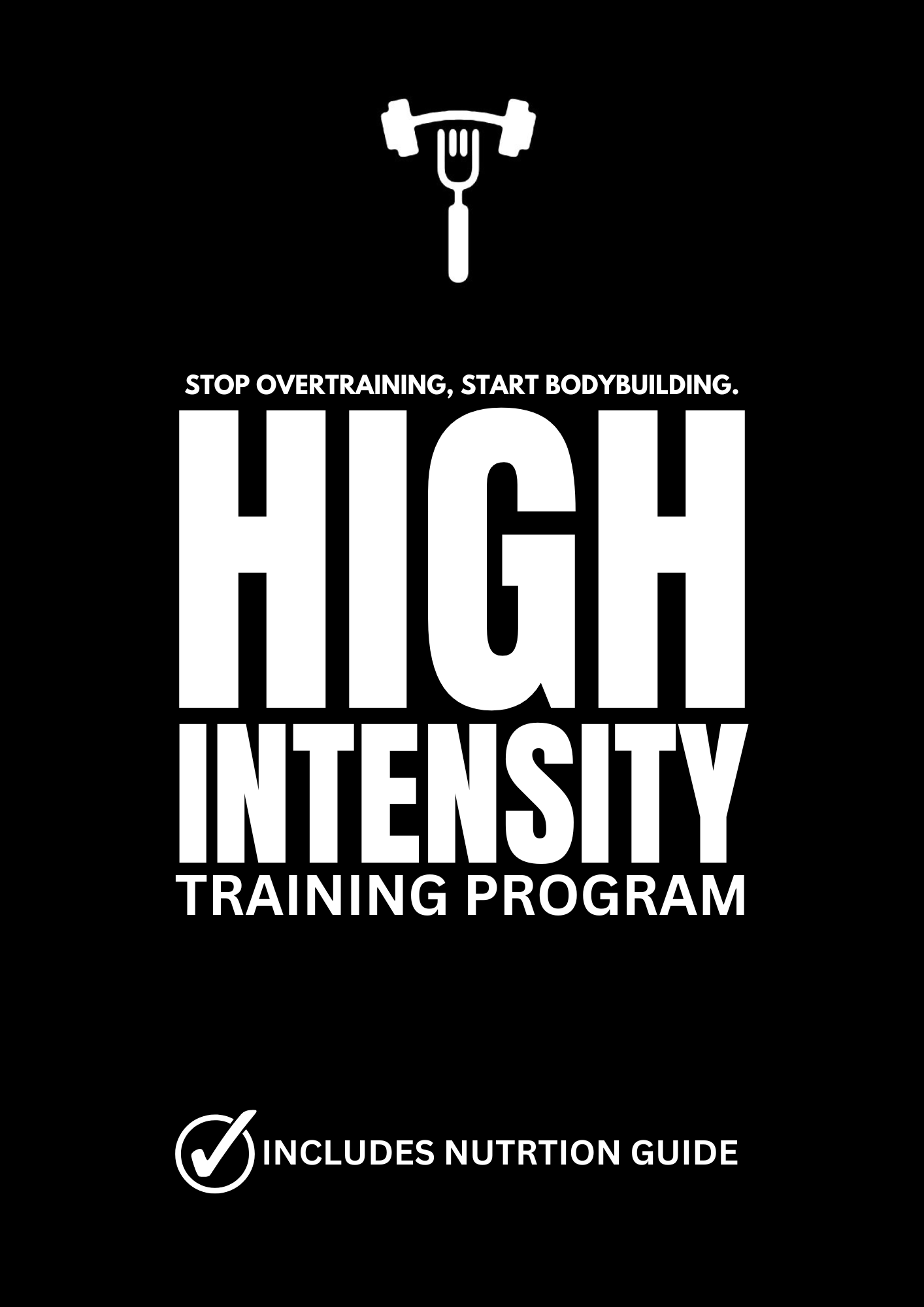
In the pursuit of optimal muscle growth, strength gains, and athletic performance, fitness enthusiasts have long explored various training techniques. One such method, forced reps, has gained attention for its potential to push the boundaries of muscle failure and stimulate additional growth. In this comprehensive article, we will delve into the concept of forced reps, exploring their effectiveness, benefits, and the proper execution of this intriguing training method.
What Are Forced Reps?
Forced reps involve performing additional repetitions beyond the point of muscle failure with the assistance of a training partner or coach. This added effort engages muscles beyond their natural capabilities, providing a unique stimulus for growth. Forced reps can be incorporated into a variety of resistance training exercises, including compound movements like squats, deadlifts, and bench presses, as well as isolation exercises targeting specific muscle groups.
Are Forced Reps Effective?
The effectiveness of forced reps has been a subject of debate within the fitness community. Advocates argue that pushing beyond muscle failure enhances muscle fiber recruitment, leading to increased hypertrophy and strength gains. Proponents suggest that the added stress imposed on the muscles promotes adaptation, fostering significant progress when integrated into a well-structured training program.
However, not all research aligns with these claims. Studies on resistance-trained individuals have produced mixed results, with some indicating positive impacts on muscle activation, while others show minimal differences compared to standard training methods. Despite varying opinions on their effectiveness, forced reps remain a valuable tool within the spectrum of training techniques.
Benefits of Forced Reps:
1. Increased Muscle Fiber Recruitment: Continuing repetitions beyond failure engages additional muscle fibers, amplifying recruitment and growth potential.
2. Enhanced Strength Gains: Pushing through failure challenges muscles to lift heavier loads, promoting greater strength adaptation over time.
3. Overcoming Plateaus: Forced reps prove beneficial for individuals experiencing training plateaus, offering a new stimulus to break through stagnation and encourage further development.
4. Mental Toughness: The ability to push beyond comfort zones is crucial in training. Forced reps demand mental fortitude, fostering mental resilience and enhancing overall athletic performance.
How to Perform Forced Reps:
To maximize the benefits of forced reps, careful attention to detail is essential. Here's a step-by-step guide on incorporating forced reps into your training routine:
1. Warm-Up: Adequately warm up the specific muscle groups you intend to work.
2. Determine the Appropriate Weight: Choose a weight challenging enough to result in failure within the desired rep range.
3. Reach Muscle Failure: Execute the exercise until proper form can no longer be maintained, completing the final rep unassisted.
4. Partner Assistance: Signal your training partner to assist with just enough force to help you complete a few more reps, focusing on strict form.
5. Reps and Sets: Perform 2-3 forced reps with assistance. Aim for no more than 1-3 sets of forced reps per muscle group, strategically integrating them into your training program.
6. Progressive Overload: Gradually increase resistance over time to continuously reap the benefits of forced reps, either by adding weight or performing more reps.
Conclusion:
Forced reps, when executed with precision and integrated thoughtfully into a training program, can be a valuable tool for those seeking to push their physical limits and achieve optimal muscle growth and strength gains. While research may not universally support their effectiveness, the anecdotal evidence and potential benefits make forced reps a compelling addition to the diverse world of resistance training techniques. As with any training method, individual responses may vary, so it's essential to listen to your body and tailor your approach accordingly.

